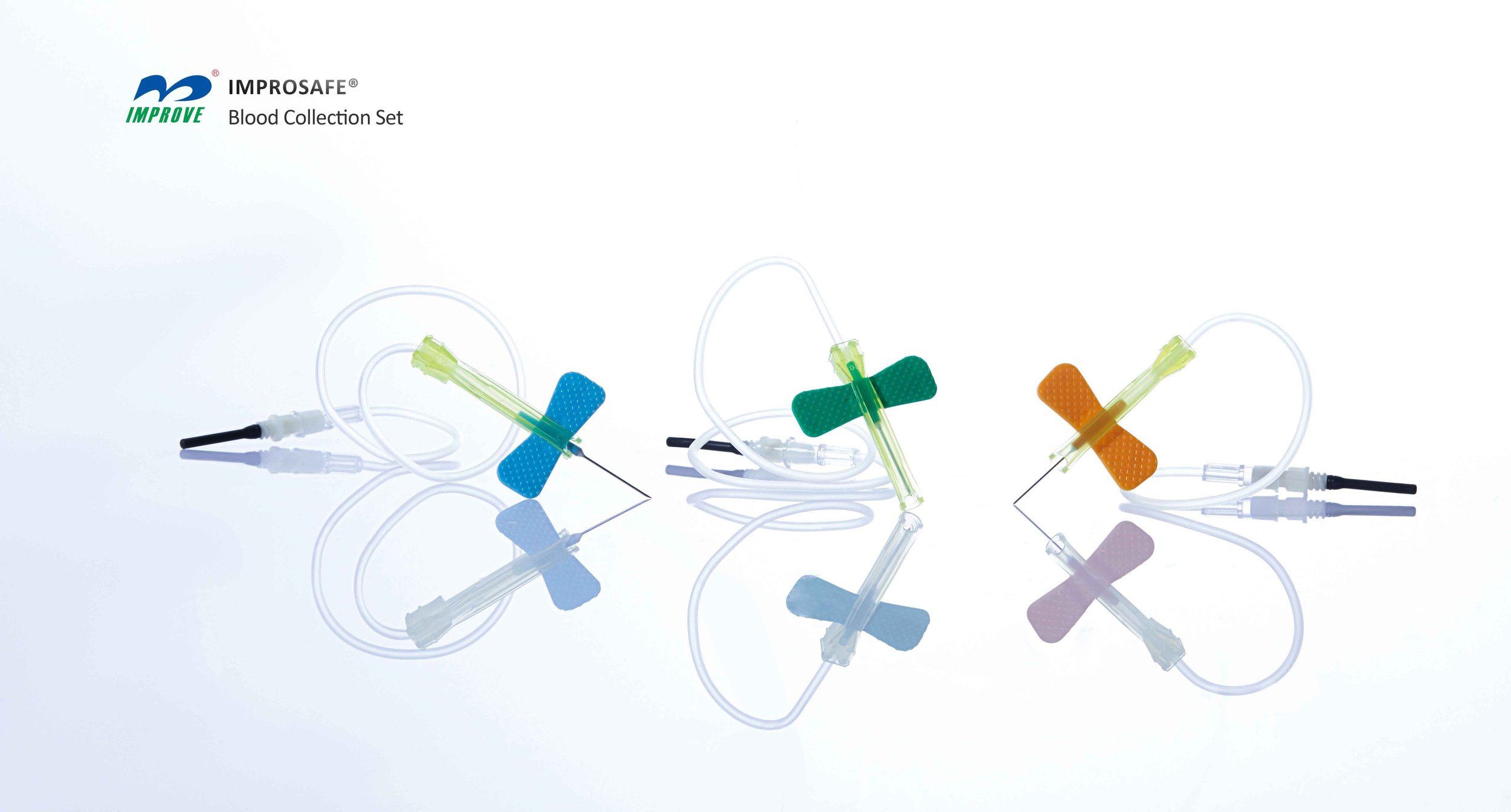Impact of Changing Tax Regulations on Medical Devices in Laboratory and Phlebotomy Practices
Summary
- Changing tax Regulations can have a significant impact on the costs associated with medical devices in laboratory and phlebotomy practices in the United States.
- Medical labs and phlebotomy practices need to stay updated on tax laws to ensure compliance and effectively manage their financial resources.
- Regulations="" tax="" these="" understanding="">
Medical labs and phlebotomy practices play a crucial role in the healthcare system by providing essential diagnostic services to patients. These facilities rely on various medical devices and equipment to carry out tests and procedures accurately and efficiently. One of the factors that can significantly impact the costs associated with these devices is changing tax Regulations. In this article, we will explore the potential effects of evolving tax laws on the financial aspects of medical labs and phlebotomy practices in the United States.
Impact of Changing Tax Regulations
Changing tax Regulations can have a direct impact on the expenses incurred by medical labs and phlebotomy practices. Here are some ways in which evolving tax laws can influence the costs associated with medical devices:
- Increase in Costs: Changes in tax Regulations, such as modifications to depreciation rules or alterations in tax rates, can lead to an increase in the overall costs of medical devices. Higher taxes or reduced tax benefits can affect the bottom line of these practices, making it more challenging to invest in new equipment or upgrade existing devices.
- Compliance Costs: Staying compliant with changing tax laws requires additional resources and expertise, which can add to the overall expenses of medical labs and phlebotomy practices. These facilities may need to invest in professional services to ensure accurate tax filings and adherence to regulatory requirements, increasing their financial burden.
- Impact on Budgeting: Uncertainty stemming from changing tax Regulations can make it difficult for medical labs and phlebotomy practices to forecast their financial needs accurately. Fluctuations in tax laws can disrupt budgeting efforts and long-term planning, affecting the ability of these facilities to allocate funds for essential medical devices and equipment.
Strategies for Managing Costs
To mitigate the impact of changing tax Regulations on the costs associated with medical devices, medical labs and phlebotomy practices can adopt the following strategies:
- Stay Informed: Keeping abreast of new tax laws and Regulations is essential for medical labs and phlebotomy practices. By staying informed, these facilities can proactively adjust their financial plans and strategies to minimize the impact of changing tax Regulations on their expenses.
- Seek Professional Advice: Consulting with accounting professionals or tax experts can help medical labs and phlebotomy practices navigate the complexities of evolving tax laws. These experts can provide guidance on compliance issues, tax planning, and cost-saving opportunities, enabling these facilities to manage their financial resources effectively.
- Review Financial Practices: Periodically reviewing financial practices and procedures can help medical labs and phlebotomy practices identify areas where costs can be optimized. By conducting a comprehensive financial analysis, these facilities can uncover opportunities for reducing expenses, improving efficiency, and maximizing the value of their investments in medical devices.
Conclusion
Changing tax Regulations can have a significant impact on the costs associated with medical devices in laboratory and phlebotomy practices in the United States. To effectively manage these expenses, medical labs and phlebotomy practices need to stay updated on tax laws, seek professional advice, and review their financial practices regularly. By understanding how changing tax Regulations affect costs and implementing strategic measures to mitigate their impact, these facilities can ensure financial stability and optimize their investments in essential medical devices and equipment.

Disclaimer: The content provided on this blog is for informational purposes only, reflecting the personal opinions and insights of the author(s) on the topics. The information provided should not be used for diagnosing or treating a health problem or disease, and those seeking personal medical advice should consult with a licensed physician. Always seek the advice of your doctor or other qualified health provider regarding a medical condition. Never disregard professional medical advice or delay in seeking it because of something you have read on this website. If you think you may have a medical emergency, call 911 or go to the nearest emergency room immediately. No physician-patient relationship is created by this web site or its use. No contributors to this web site make any representations, express or implied, with respect to the information provided herein or to its use. While we strive to share accurate and up-to-date information, we cannot guarantee the completeness, reliability, or accuracy of the content. The blog may also include links to external websites and resources for the convenience of our readers. Please note that linking to other sites does not imply endorsement of their content, practices, or services by us. Readers should use their discretion and judgment while exploring any external links and resources mentioned on this blog.
